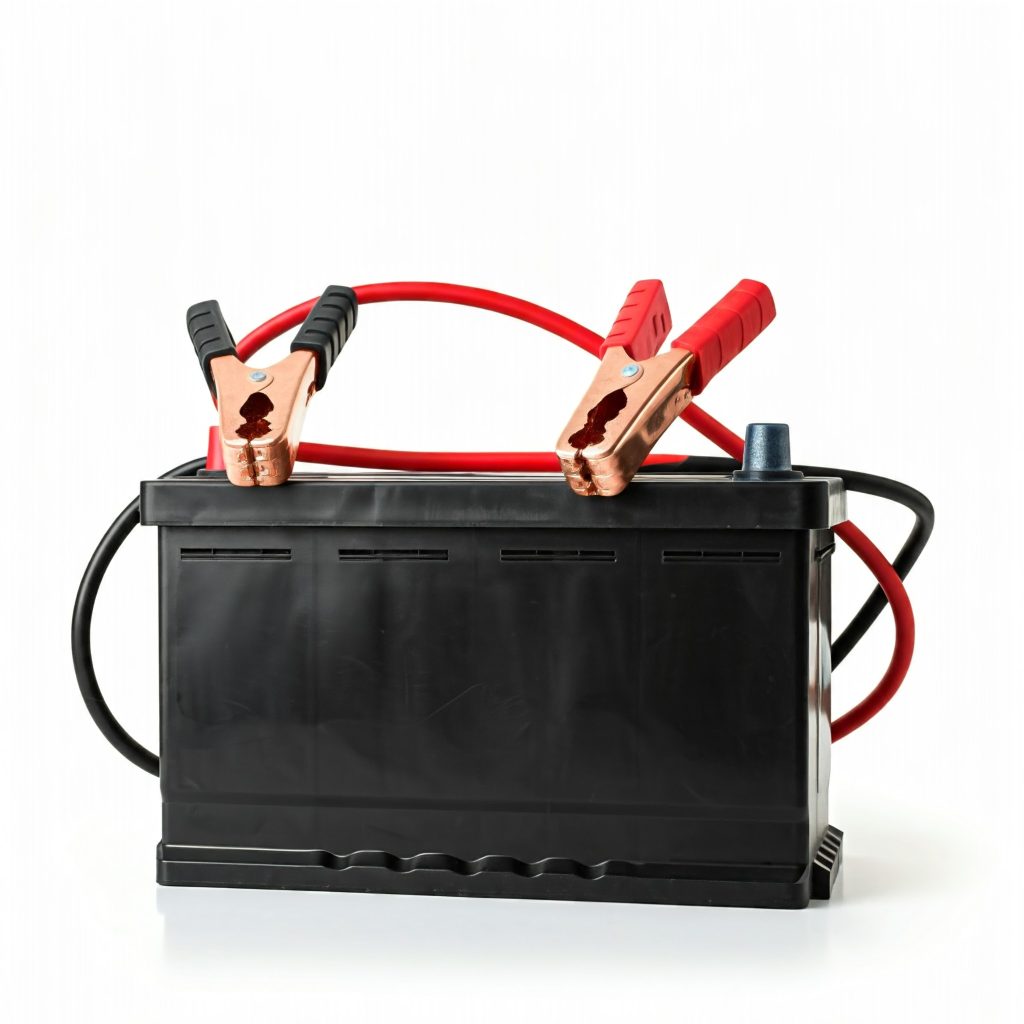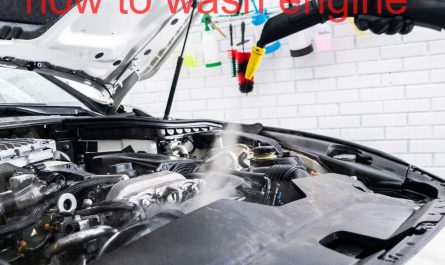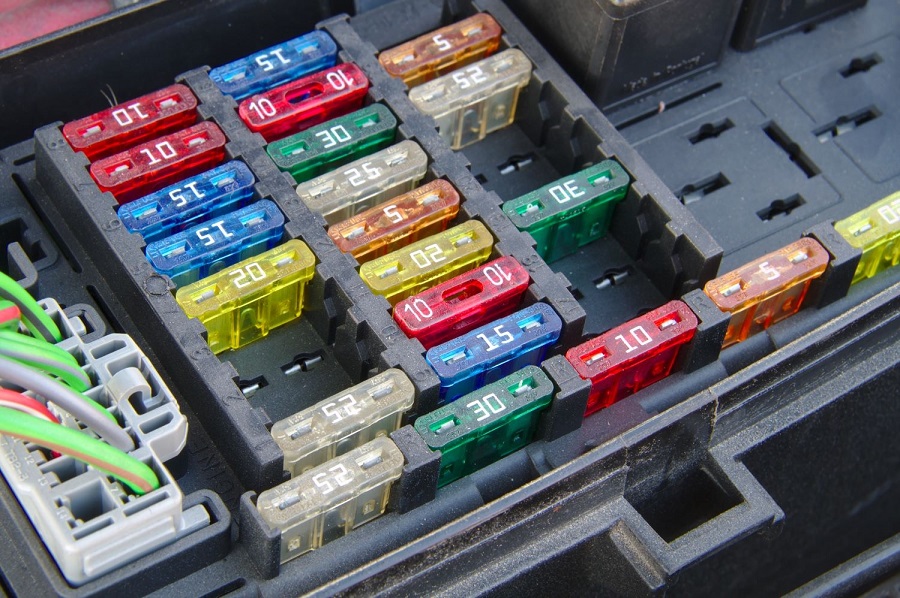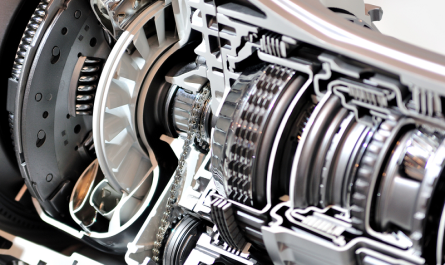Dead car batteries are fun if You are trapped with a car you have never owned. Fortunately, knowing how to jump-start your car is not one of those things you hope never to have to do. Here, you will be taken through the relevant steps and warmers you need to follow before jumper-starting your car with ease.

Understanding the Basics
Before we proceed with the step-by-step guide, we want to talk about some facts and features of jumper cables and batteries. A jumper cable is a set of four wires that are used to link the dead battery in your car to a good battery in another car so that the good battery will charge the dead battery. All this can be done safely though it requires knowledge of how it is being done.
What You Need
To jump-start your car, you’ll need:
- Jumper Cables: Lastly, jumper cables are needed, or call it necessary to have a good set of jumper cables with you. Ideally, look for cable about eight feet or more in length to increase every chance that you can look for another car nearby. The size of the cable does matter too; for regular passenger car applications, an 8-gauge cable will do just fine. When selecting wires for bigger cars such as trucks or SUVs, it is advised to go for 1 or 2-gauge cable as it has better conductivity.
- Another Vehicle: You will need a car with a functional battery preferably one whose battery has been charged fully. Ensure the car battery is dead before connecting the wires in any of Theclone amps.
Step-by-Step Guide to Jump-Starting Your Car
Now that you have everything you need, let’s go through the steps to jump-start your car safely.
Step 1: Prepare the Vehicles
The working car should be parked as close as possible to the dead car and should not be connected to it. This position is required to avoid any kind of electrical problem. To avoid any kind of electrical interference, turn off both car engines and make sure all extras, including lights and radios, are turned off.
Step 2: Connect the Jumper Cables
Start by connecting the jumper cables in the correct order:
- Attach the Black (Negative) Clamp: Take the black clamp and connect it to the negative terminal of the dead battery. If the terminal is hard to reach, connect it to a clean, unpainted metal surface on the car’s frame.
- Attach the Red (Positive) Clamp: Next, attach the red clamp to the positive terminal of the dead battery. Make sure the connection is secure.
- Connect the Live Vehicle: Now, move to the working vehicle. Attach the black clamp to the negative terminal of the working battery.
- Final Connection: Finally, attach the red clamp to the positive terminal of the working battery.
Step 3: Start the Vehicles
With all the connections made, the next thing you’re likely to do is to start the vehicles. The starting of the engine of a working vehicle The initial step must be taken first. After that let it rest for one or two minutes to allow the battery to transfer power. Following that, try to turn the starter motor with the dead battery involved in the procedure. If no reaction occurs after the blow, try again in 30 seconds.
Step 4: Remove the Jumper Cables
Once the vehicle with the dead battery starts, you’ll need to remove the jumper cables in the reverse order of how you connected them:
- Remove the red clamp from the positive terminal of the working battery.
- Remove the black clamp from the negative terminal of the working battery.
- Remove the black clamp from the negative terminal of the dead battery.
- Finally, remove the red clamp from the positive terminal of the dead battery.
Tips for a Successful Jump Start
Here are some additional tips to ensure a successful jump-start:
- Let the Power Transfer: If the car doesn’t start immediately, leave the jumper cables connected for a little longer to give the dead battery more time to charge.
- Rev the Engine: It can help to rev the engine of the working vehicle to around 2500 to 3000 RPMs. This increases the power output and can assist in transferring more energy to the dead battery.
- Be Cautious: Always be careful not to let the clamps touch each other during the process, as this can create sparks and lead to potential hazards.
What If Your Car Still Won’t Start?
If your car doesn’t start after a couple of attempts, it may indicate a more serious issue beyond just a dead battery. In such cases, it’s advisable to consult a mechanic for a thorough inspection.
Common issues that may prevent a car from starting include:
- Faulty starter motor
- Bad ignition switch
- Issues with the alternator
- Electrical problems or blown fuses
Final Thoughts
One must know how to start a car since it might come in handy sometimes. However, now that you know the suggested steps and safety measures to follow when a battery has died, no one needs to panic. Thus, it is also important to check your battery frequently in order not to be faced with some sort of failure. If you realize your car requires frequently a jumping start, then it is high time that you replace the battery of a car.
Frequently Asked Questions About Jumper Cables
How long should I run my car after jump-starting?
Drive your car for at least 20 minutes after starting it up to give the alternator enough time to fully recharge the battery.
Can I jump-start a completely dead battery?
If the battery is severely damaged or old, even jumper cables may not help. In that case, you’ll likely need a replacement battery.
Is it safe to use jumper cables in the rain?
Yes, as long as you follow the proper steps and safety precautions, you can safely jump-start a vehicle in rainy conditions. Just be sure the cables and clamps are dry before connecting them.


